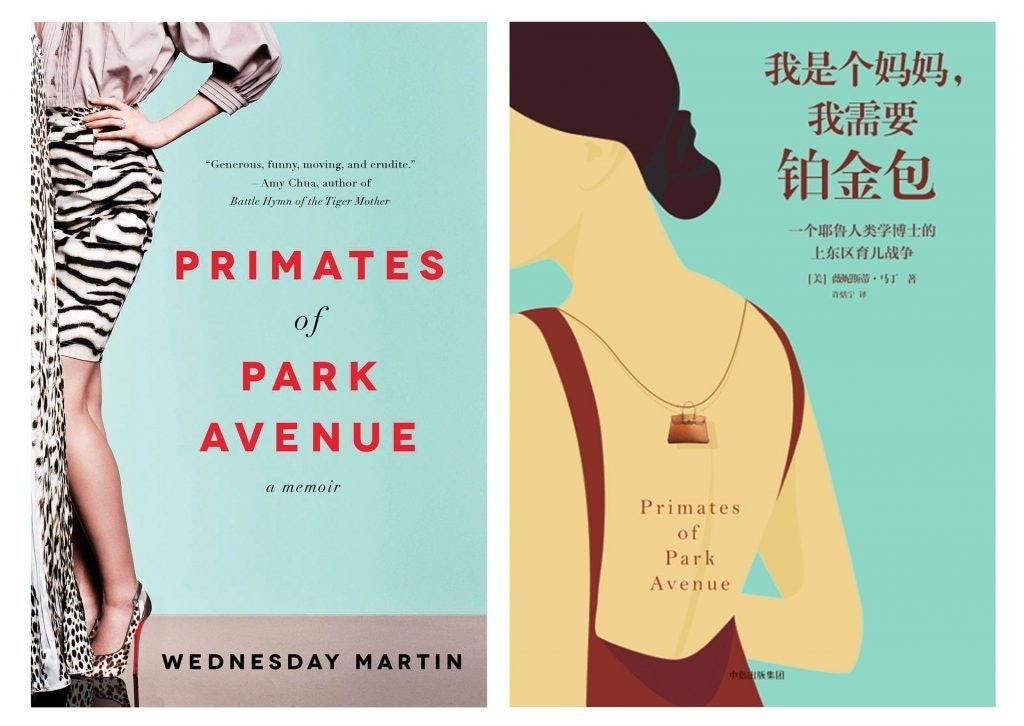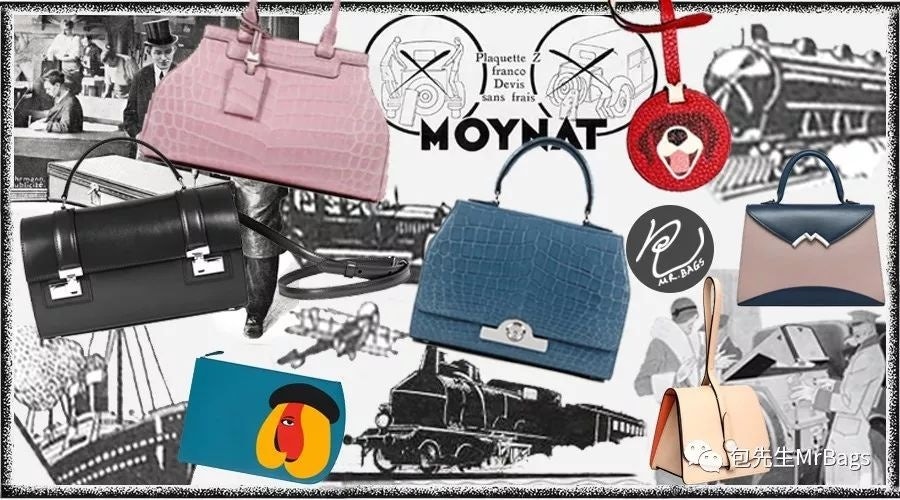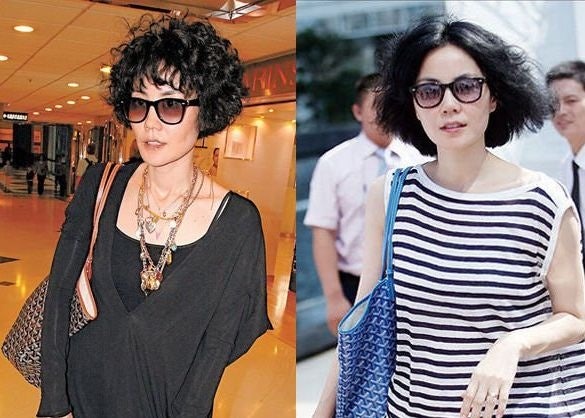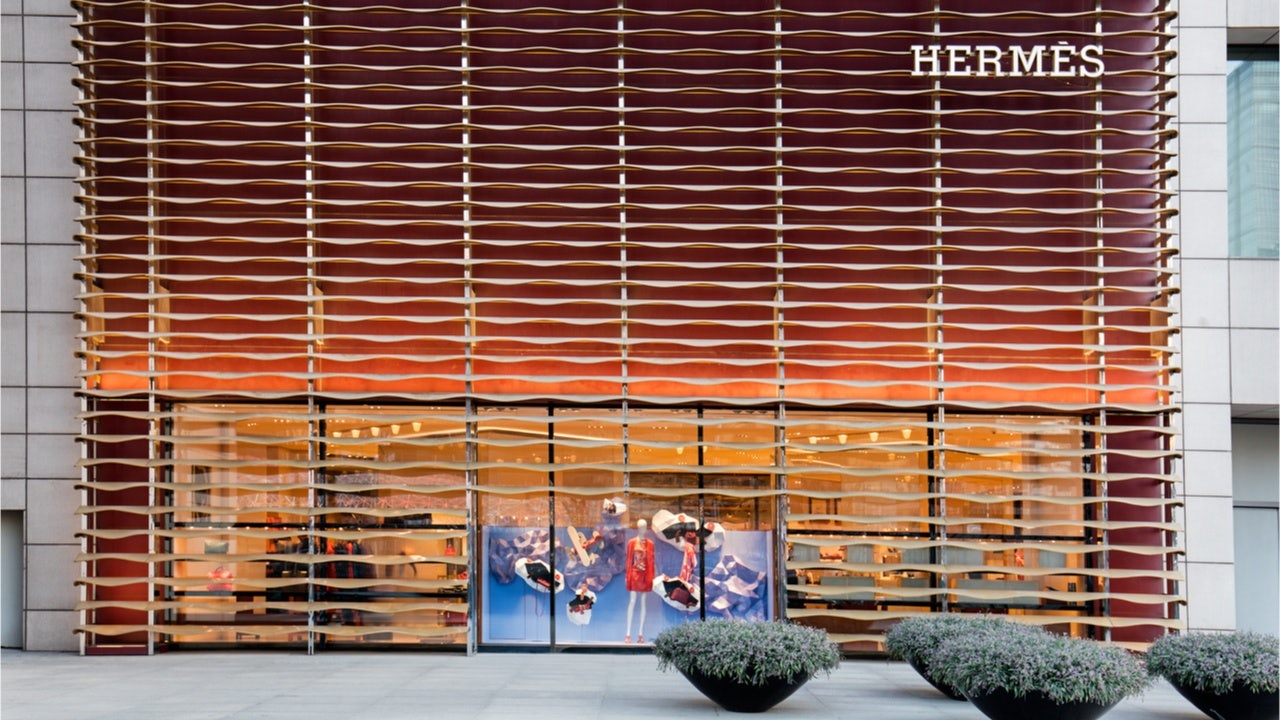The name Hermès conveys power and exclusivity all over the world. In China, it’s no exception. Popular literature and social media discourse often describes owning a Hermès handbag as a badge of honor or a symbol of alpha-female identity; however, as Chinese millennial consumers mature and increase their experience with luxury brands and their products, they are beginning to look beyond the luxury icons represented by Hermès. Increasingly, they are now in the hunt for labels that are more niche, more au courant, and more “in the know.”
Don’t get me wrong. Hermès is in no way losing market in China. But as the Hermès logo becomes more and more ubiquitous, owning a Hermès handbag these days is no longer enough to impress this growing segment of increasingly sophisticated Chinese millennial consumers.
Unlike their parent’s generation, who tend to wear big-name luxury with an “I’ve made it” attitude, Chinese millennial’s consider Hermès as the entry into a long-term luxury hunt. To them, Hermès, Louis Vuitton, and the like are basic — a “must-have.” Seeing conspicuous consumption as passé, this young affluent class is in a new race to compete for connoisseurship and resourcefulness.
The Hermès legend, diluted#
In 2014, one of China’s most talk-about national scandals has made Hermès a household name. Internet celebrity Meimei Guo,claimed to work as general manager of the Red Cross Society of China while flaunting her Hermès-filled room on Weibo. Needless to say, this caused great public suspicion, and it was later discovered that Guo was a sugar baby to powerful Chinese politicians, who used bank rolled her flashy lifestyle. “Thanks” to the Guo situation, Hermès was able to expand its reputation to China’s second and third-tier cities. But at the same time, the scandal also established the brand’s association with the Nouveau Riche class, the mistresses, and the influencer wannabes.

Over the years, Hermès and its aura have spread across China, turning it into a marketing buzzword. In 2018, when New York Times Bestselling book Primates of Park Avenue by Wednesday Martin came out in China, it was retitled “I am a Mom, and I need a Birkin” rather than a direct translation of its U.S. name. The plot revolved around the life of a an Upper East Side mother and the and the fascinating life of privileged Manhattan motherhood. The instant best seller consolidated the reputation of a Hermès Birkin bag as the ultimate status symbol.

Today, Hermès is more of an adjective than a brand in China. Chinese marketers often use the phrase “this is the Hermès of toothpaste/candy/hotel” to describe something great. In fact, just the phrase “the Hermès of XX” has over 55k posts on lifestyle platforms Xiaohongshu, with subjects ranging from hairdryers to cars. Like many things that get swept up in by hype, Hermès now recalls everything but what the brand originally stood for — exclusivity and poise.
The New Alternatives#
Roughly three years ago, titles like “Real high-class ladies don’t buy Hermès” or “You are OUT if you think Hermès is the top” have infiltrated the Chinese fashion media. Such articles have broadcasted one central idea: Hermès is great, but it isn’t enough for the real Old Money crowd. To go beyond the “Hermès” class is to own something more discreet and more subtle. In this context, Chinese millennial consumers are looking for “Hermès” alternatives to affirm their next-level luxury status.

Founded in 1849, the French heritage brand
Moynat#
has caught the attention of Chinese millennial consumers thanks to its social media status as a “low-key alternative to Hermes.” Fashion’s mega influencers such as Mr. Bags and BFaner have lauded the brand as the main choice for the real Old Money class in Europe. And then there’s social media, where one Bagfan commented on Mr.Bags’ WeChat, “I love Moynat because it is low-key chic. If I spot a girl with Moynat bag on the street, I will instantly approve her taste.”
In an interview with Chinese fashion media LadyMax, Moynat’s CEO Guillaume Davin said 25% of the brand’s revenue came from Chinese consumers. He also said that Chinese buyers are 25-year-old on average, much younger than their average European buyer, which is above 40.
Goyard#
has also emerged as another popular brand for Chinese buyers looking for a Hermès alternative. Not only has the brand been featured on countless Chinese fashion accounts, but it’s also been spotted in Chinese superstars’ paparazzi photos, such as with China’s all-time style icon, and singer, Faye Wong.

Across Chinese social media, the fashion public perceives Goyard as a hard-to-get, low-key brand that is too cool to do advertising, but is still loved by fashion insiders. On Zhihu, China’s largest Q&A platform, there are numerous posts telling of the “obstacles” of being able to acquire a Goyard bag, which affirms the brand’s exclusive status, making it even more desirable. In a rare correspondence with Hypebeast, the leading online destination for men’s fashion and streetwear, a Goyard spokesperson said, “Luxury is a dream, and revealing too much of what goes behind the scenes would spoil the magic.” So far, this discreet strategy seemed to work well in China.
Besides Moynat and Goyard, the Belgian heritage brand Delvaux and Italian label Valextra are also frequently mentioned in the “Hermès alternative” conversation among Chinese fashionistas. Whatever the next brand is, one thing is for sure: more and more Chinese luxury consumers are constantly hunting for niche, secret-treasure labels to demonstrate their taste.
Today, the power status of Hermès is in no way diminishing. However, as the brand continues to get mass-consumed as a status symbol rather than an experience, it will only face more competition among Chinese millennials keen for the next-level luxury thrill. To this sharp-eyed, cash-rich generation, any brand that succeeds in making them feel like a connoisseur would have an edge in this tough game.
